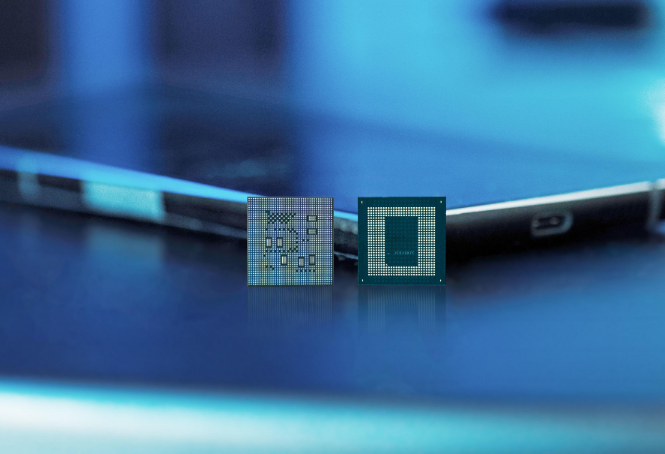A semiconductor is a material that has certain peculiar properties about the way it reacts to electric currents. The material has considerably inferior resistance to the flow of current in one direction than the flow of current in the other. Semiconductors conduct electricity halfway between excellent conductors (such as copper) and insulators (such as rubber). Hence the name semiconductor. A semiconductor is also a material whose conductivity can be changed by changes in temperature, application field, or the addition of impurities (called doping).
Although the semiconductor is not an invention and no one invented the semiconductor, there are numerous inventions that are semiconductor devices. The discovery of semiconductor materials led to great and significant advances in electronics. We need semiconductors to miniaturize computers and their components. We need semiconductors to make electronic components such as diodes, transistors and numerous photovoltaic cells.Here we have Anderson-1339G2-BK.
Semiconductor materials include the elements silicon and germanium, and the compounds gallium arsenide, lead sulfide, or indium phosphide. There are numerous different semiconductors. Even certain plastics can be semiconducted, making plastic light-emitting diodes (leds) flexible and can be molded into any desired shape.

What is electron doping?
"Doping" is the process of preparing semiconductors such as silicon and germanium for use in diodes and transistors. Undoped semiconductors are really insulators, not extremely insulators. They form a crystal pattern where each electron has a fixed position. Most semiconductor materials have four valence electrons, four electrons in the outer shell. Put together 1% or 2% of atoms with five valence electrons (such as arsenic) and semiconductors with four valence electrons (such as silicon), and something unusual happens. There are not sufficient arsenic atoms to affect the entire crystal structure. Four of the five electrons are used in the same way as silicon. The fifth atom doesn't fit nicely in the structure. It still likes to hang near arsenic atoms, but it won't be held tightly. It's easy to knock it loose and get it through the material. A doped semiconductor is more like a conductor than an undoped one. You can also coat a semiconductor with three-electron atoms, such as aluminum. The aluminum is integrated into the crystal structure, but now the crystal structure is missing an electron. This is called a hole. Making neighboring electrons move into the hole is like making the hole move. Put an electron-doped semiconductor (N-type) and a hole-doped semiconductor (P-type) together to form a diode. Different combinations create devices such as transistors.
The history of Semiconductors
The term "semiconductor" was first used by Alessandro Volta in 1782.
Michael Faraday was the first to observe the semiconductor effect in 1833. Faraday observed that the resistance of silver sulfide decreased with increasing temperature. In 1874, Carl Braun discovered and recorded the first diode effect in semiconductors. Braun observed that when a metal point came into contact with a galena crystal, the current flowed freely in only one direction.
In 1901, the first semiconductor device called "cat's whiskers" was patented. The device was invented by Jagadis Chandra Bose. Catwhisker is a point-contact semiconductor rectifier used to detect radio waves.
A transistor is a device composed of semiconductor materials. John Bardeen, Walter Bratton and William Shockley all co-invented the transistor at Bell LABS in 1947.